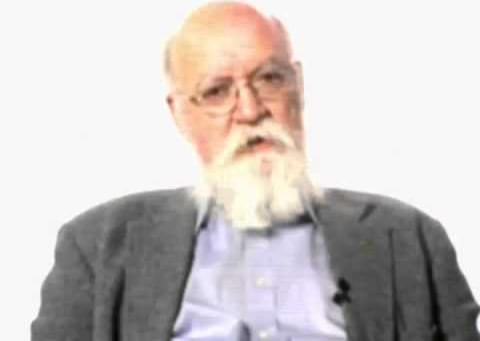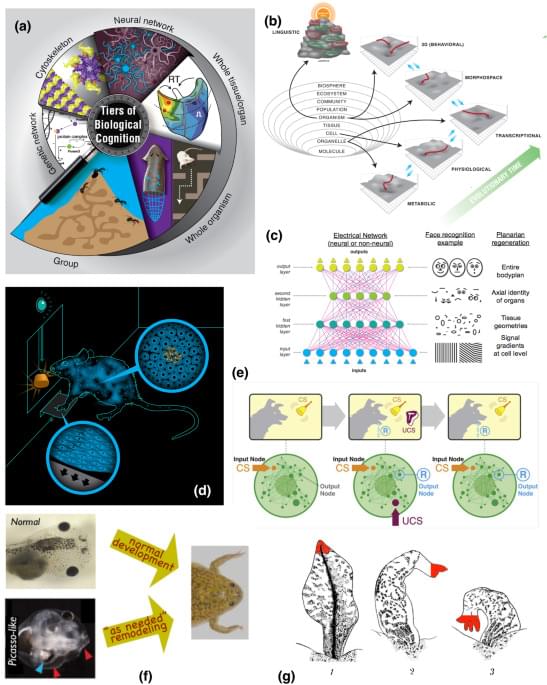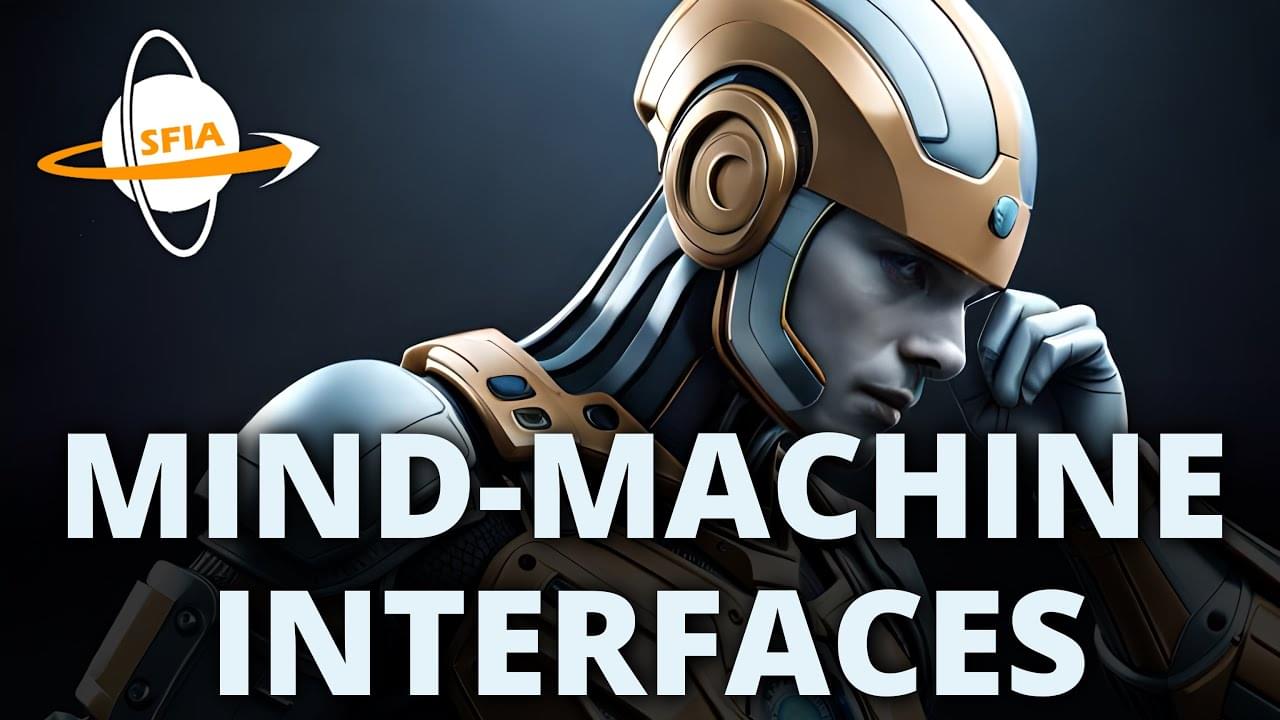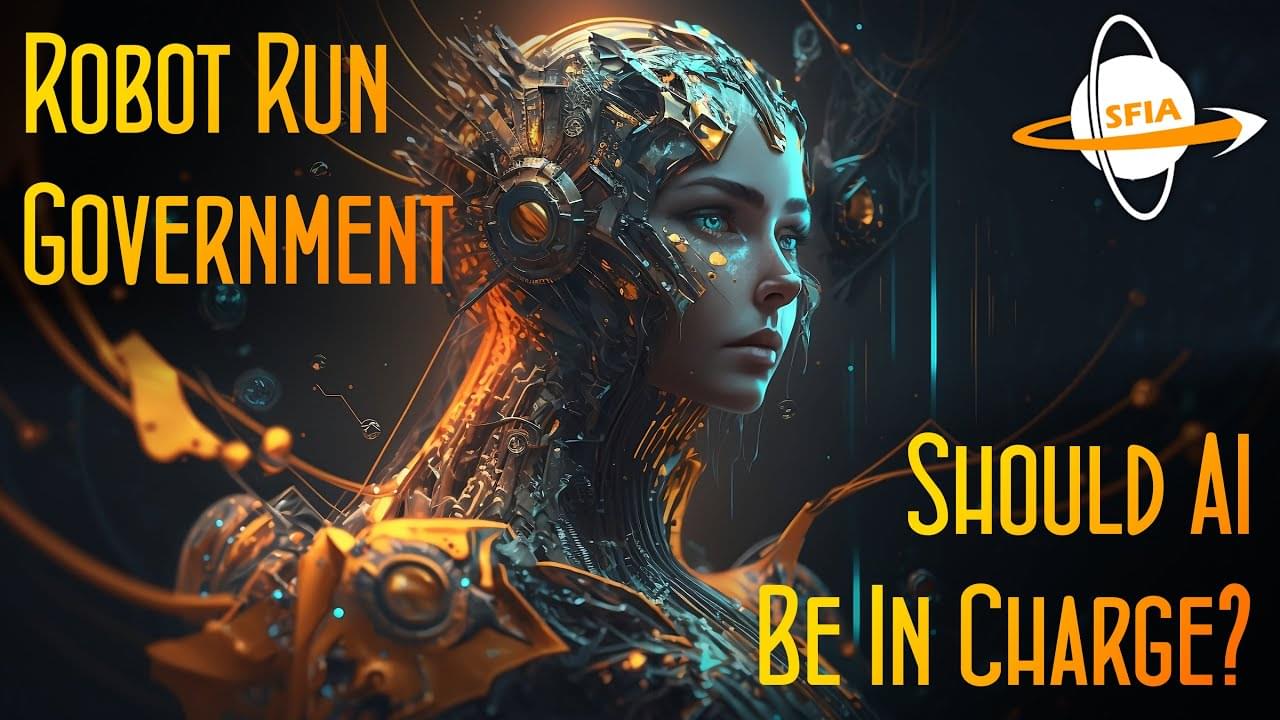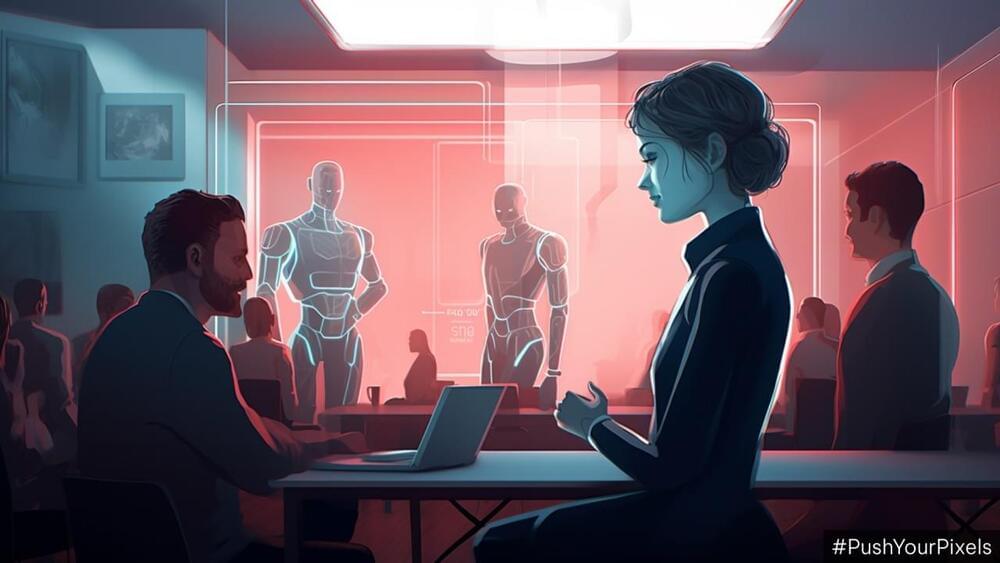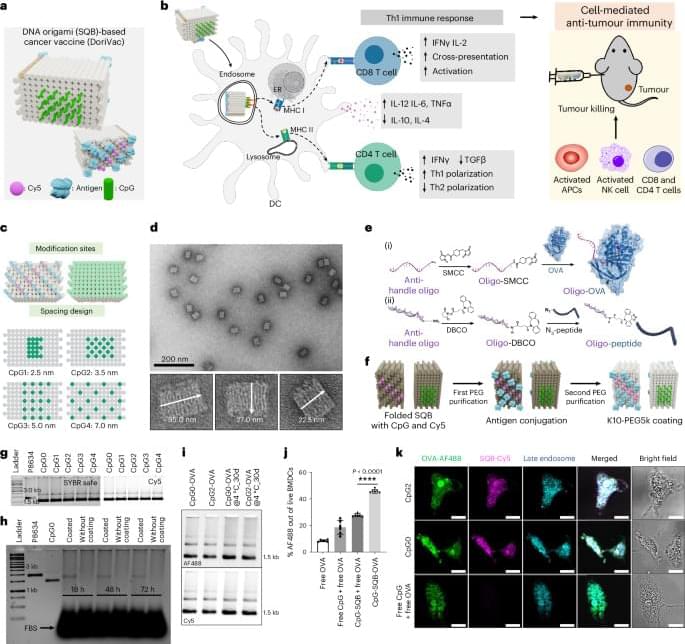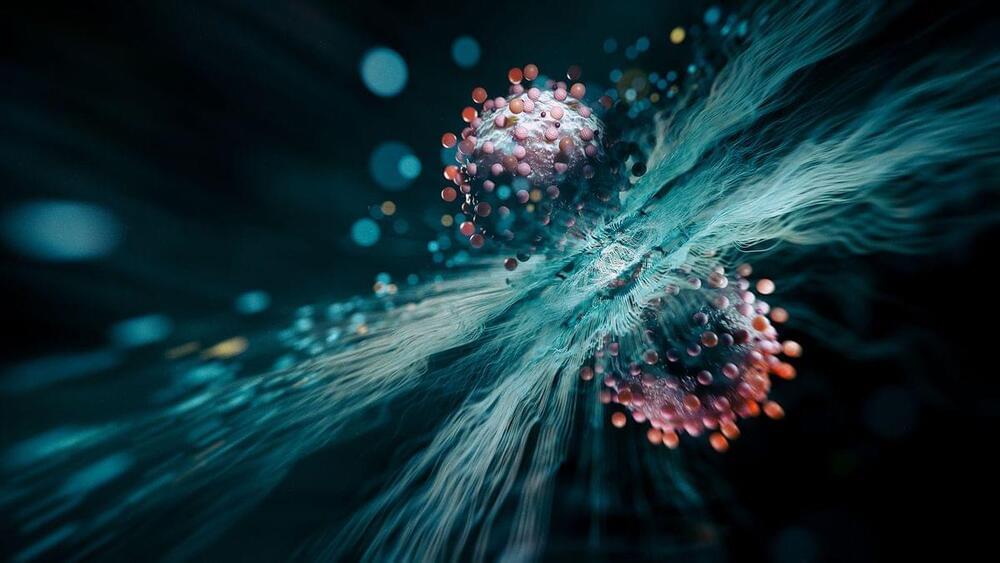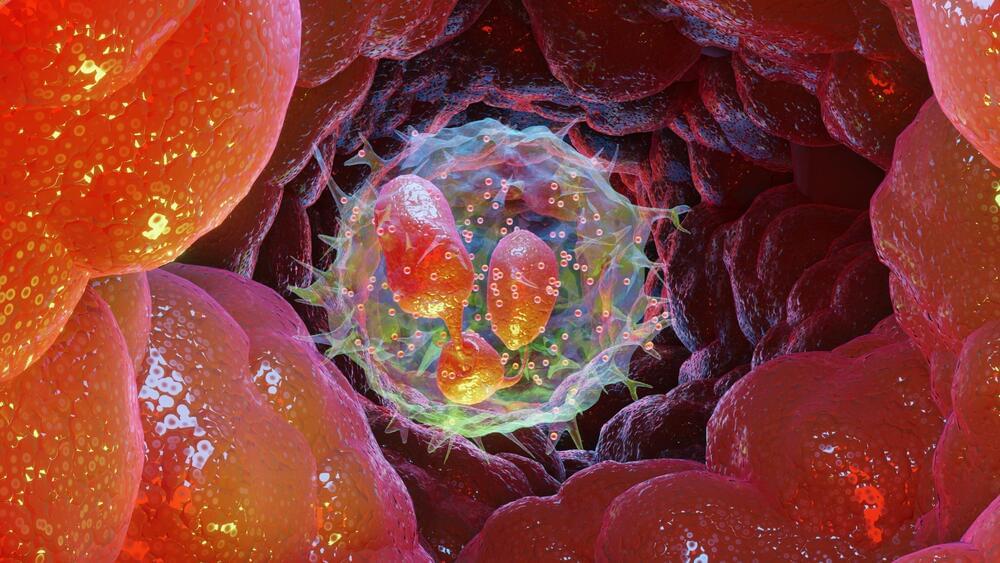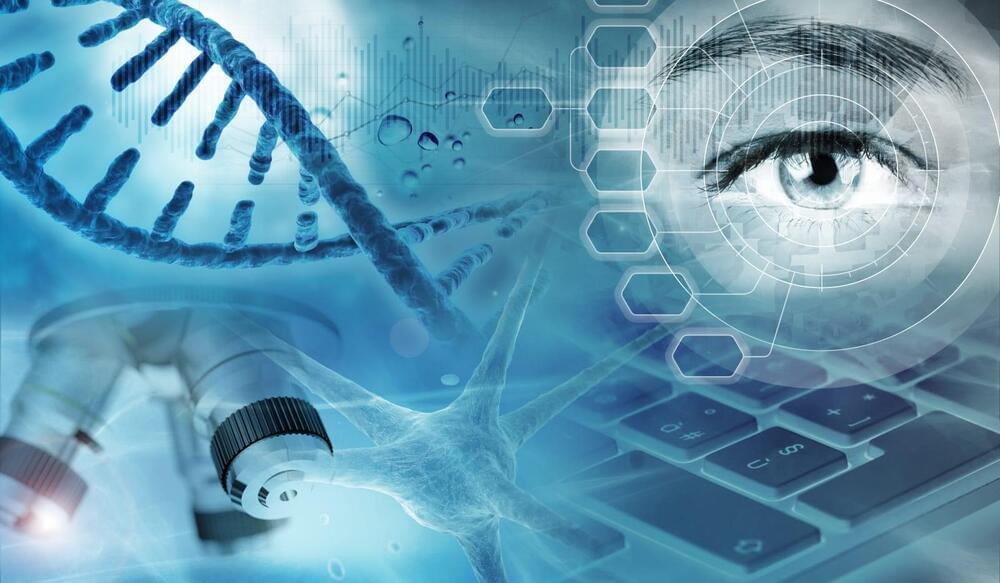An exploration of the strange mineral bridgmanite, and how it could eventually shut down earth’s magnetosphere in the far future and cause the greatest mass extinction earth has ever known.
My Patreon Page:
/ johnmichaelgodier.
My Event Horizon Channel:
A Perspective on how the tools of behavioral science and the emerging field of diverse intelligence help to understand decision-making of cellular collectives in evolutionary and biomedical contexts.
Mind Machine Interfaces
Posted in computing, neuroscience
The ability to link mind and machine has long been the realm of science fiction, but now improvements in our understanding may allow us to network brain to computer in the near future. Companies like Neurolink have begun to explore how to link our neurons to machine, and we’ll explore now such neural interfaces might function and how they might change our lives.
Visit our sponsor, Brilliant: https://brilliant.org/IsaacArthur/
Neurolink Paper, \
In the future we will rely ever more on Artificial Intelligence to run our civilization, but what role will AI and computers playing in governing?
Start listening with a 30-day Audible trial and your first audiobook is free. Visit.
http://www.audible.com/isaac or text \.
AI smart assistant gadgets are starting to pop up. What could AI tech do in the future when we give it more autonomy and make it do things instead of us?
Congratulations to Yang (Claire) Zeng and her team for their work on DoriVac, a DNA origami vaccine which utilizes precisely spaced CpG oligonucleotides to enhance immunological responses against chosen antigens.
The spacing of ligands presented to cells can have a huge impact on cellular responses. DNA origami is used to block structures to control the distribution of Toll-like receptor ligands and optimize presentation in the activation of dendritic cells in cancer immunotherapy.
More than two decades ago, scientists predicted that at ultra-low temperatures, many atoms could undergo ‘quantum superchemistry’ and chemically react as one. They’ve finally shown it’s real.
“In adults with diabetes alone—where poor blood flow can lead to quickly worsening wounds that are often very slow or impossible to heal—the lifetime risk of developing a diabetic foot ulcer (DFU), the most common diabetes-related wound, is 20–35 percent and this number is rising with increased longevity and medical complexity of people with diabetes,” stated lead author, Yen-Zhen Lu, PhD, an investigator at ARMI.
Nociceptors— neurons that sense pain, tissue damage, and inflammation, among other functions— respond to wounds by producing a neuropeptide called calcitonin gene-related peptide (CGRP). “Nociceptor endings grow into injured skin and muscle tissues and signal to immune cells through the neuropeptide CGRP during the healing process,” the authors wrote. Immune cell response in neutrophils, monocytes, and macrophages are modified to encourage active repair in the region.
Individuals with diseases like diabetes or elderly people have reduced production of CGRP, leading to poor, inefficient, or incomplete wound healing. The new study explores the impact of CGRP alone by introducing it into diabetic mice as well as mice without nociceptors. “Delivery of an engineered version of CGRP accelerated wound healing and promoted muscle regeneration,” the authors wrote. “Remarkably, this neuropeptide acts on immune cells to control them, facilitating tissue healing after injury,” added co-author Mikaël Martino, PhD, associate professor, ARMI.
